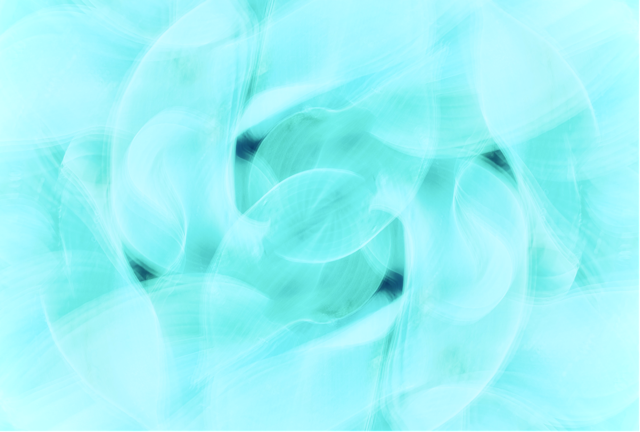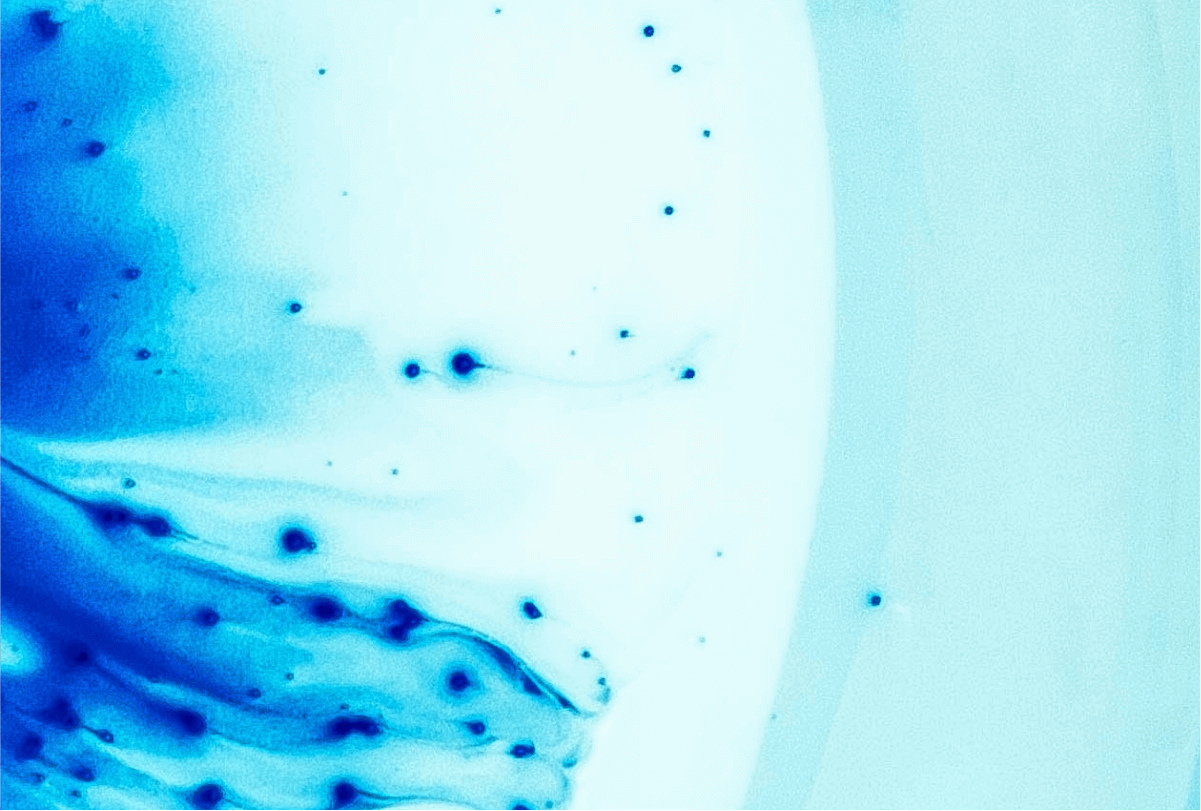The NFT Revolution: Empowering Artists and Collectors in the Digital Frontier

.jpg)
Artistry Unleashed
The significant shift towards NFTs is of great importance in the world of innovation. NFTs revolve around transparency, fundamentally changing how art is received and owned. Every stroke, every artistic element, and every music composition is carefully captured and stored on the blockchain. By following this process, artists and creators can establish an immutable narrative and transparency which guarantees authenticity and provenance, building trust in the art domain. Transparency not only has psychological benefits but also creates a unique connection between the physical and digital worlds. In this context, NFTs operate in a decentralized manner, free from central control. This decentralized approach transforms how we perceive ownership and fosters a sense of empowerment among creators and collectors alike. Smart contracts manage profits and ensure creators receive fair compensation from initial sales to subsequent transactions. This change allows artists to focus on their work without worrying about issues related to copyright. NFTs represent a significant shift, empowering artists in a decentralized ecosystem combining technology and art. It ushers in a new era of artistic freedom and financial opportunities.

Gaming Evolution
The gaming industry has been transformed by the emergence of NFTs, offering a revolutionary breakthrough that enables genuine ownership of in-game assets beyond individual games. The ownership of a rare sword in a fantasy game as an NFT, for instance, means that it can be traded, sold, or even used in other compatible games. This cross-game versatility empowers players to seamlessly carry their digital assets across different virtual worlds, thereby fostering the growth of an open marketplace for virtual goods. With the assurance of blockchain-backed NFTs, rarity and authenticity are guaranteed, thereby eliminating the risk of counterfeit assets. The perceived value and trust of NFTs are similar to that of limited-edition physical collectibles. As cross-game compatibility continues to reshape the gaming landscape, developers are pushed to ingeniously incorporate NFTs, merging the worlds of gaming and blockchain technology in imaginative ways.
Exemplary Games Leveraging NFTs:
- "Axie Infinity": A popular blockchain-based game where players collect, breed, and battle fantasy creatures represented as NFTs, creating a player-driven economy.
- "CryptoKitties": One of the earliest NFT-based games, where players collect and breed unique digital cats, each represented as a non-fungible token.

Harmonizing the Music Industry
NFTs offer the music industry a unique avenue for creativity, fan engagement, and revenue generation. By tokenizing unique tracks and concert tickets on blockchain platforms, artists can connect with their fans directly while ensuring automatic royalty payments through smart contracts. This significant shift empowers artists to monetize their work and earn more from their craft than the traditional music industry's initial sales. NFTs also address piracy concerns and verify the authenticity of digital music assets. The ecosystem supports tangible and intangible assets, unlocking unprecedented opportunities for musicians to extend their revenue streams beyond the physical realm. Overall, NFTs in music represent a promising opportunity for artists to shape their careers, connect with fans, and explore new creative avenues in the digital age.
Innovative NFT Explorations in Music and Art:
- Kings of Leon's NFT Album: Kings of Leon made history by releasing their album "When You See Yourself" as an NFT, including exclusive digital art and audiovisual experiences.
- Grimes' Artistic Ventures: Not only a musician, Grimes sold NFT art for millions, showcasing her multidimensional creativity and blurring the lines between music and visual art.

AI Artistry
Collaboration between AI algorithms and artists paved the way in the NFT ecosystem, producing extraordinary art pieces that fuse machine innovation with human creativity. These AI-generated NFTs are not static works of art but living creations that constantly evolve and surprise artists and collectors with subtle variations in each iteration. The interplay between AI and human artists in the NFT space pushes the boundaries of creative exploration, adding a new dimension to the artistic process.
- Unsupervised: An Artistic Exploration of AI and MoMA's Collection: In the year 2022, Refik Anadol used the power of AI to produce a series of abstract masterpieces. He drew inspiration from the Museum of Modern Arts archive; his exhibition showcased a stunning collection of images and forms that beautifully captured the museum's diverse and eclectic holdings. These thought-provoking works of art are available as NFTs, offering collectors a unique opportunity to own a piece of history. This extraordinary convergence of AI, art, and blockchain technology heralds a new era in the evolution of the art world, pushing the boundaries of creativity and innovation like never before.

Smart Contracts for Sustained Creativity
Smart contracts are stored on a blockchain and executed when specific conditions are met. They can execute without intermediaries and guarantee efficiency and equity in the NFT marketplace. They provide artists with ongoing support and compensation whenever their works change hands, creating a sustainable income model.
Key Benefits of Smart Contracts in the Art World
- Automated Royalties: By utilizing smart contracts, artists can receive automatic and transparent royalty distribution. This eliminates the need for intermediaries and ensures that artists receive their rightful share of subsequent sales.
- Ownership Records: Smart contracts on the blockchain provide a permanent record of artwork ownership and origin.
- Direct Engagement: Empowering artists to interact directly with buyers, eliminating intermediaries and reducing associated costs while fostering a more direct and personal connection.
- Decentralized Sales: Using smart contracts in the art industry creates opportunities for decentralized marketplaces, granting artists the liberty to showcase their artwork on platforms free from centralized oversight.
- Security: Ensuring security for smart contracts is crucial. By planning and testing them properly, it is possible to prevent any unauthorized access to data or theft. Unfortunately, there have been many hacks in the industry. Still, if the contracts are written accurately and audited, all transactions and interactions will be secure.
- Fractional Ownership: Multiple groups of investors can own a piece of artwork, making it more accessible to a broader audience. This provides greater opportunities for art enthusiasts to invest in and appreciate art.
In conclusion, the unification of NFTs with the art world is a groundbreaking development that has the potential to transform the way we view and value art. With NFTs, artists can secure their intellectual property rights and establish a permanent record of ownership, leading to new revenue streams and more sustainable creative industry. Furthermore, the fusion of AI and art opens up new possibilities for experimentation and innovation, allowing artists to push the boundaries of their creativity. Overall, the unification of technology and art creates a more inclusive and empowered creative landscape, paving the way for a more vibrant future for the arts.



